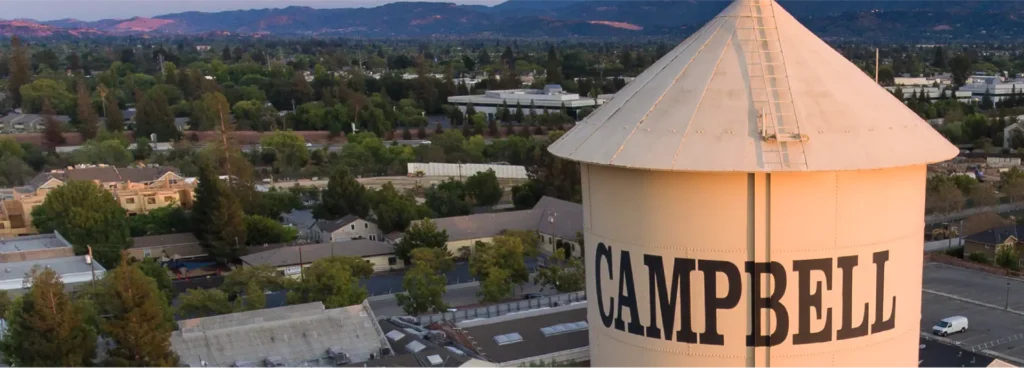
Fire Alarm Design and Installation Process
Designing and installing a fully compliant fire alarm system involves many steps to ensure the safety and protection of a building and its occupants. Here is an overview of the process:
1. Initial Assessment and Planning:
- Determine the specific needs and requirements of the building. This includes the size, layout, occupancy type, occupancy load, and any unique hazards.
- Identify the applicable national, state, and local building codes, fire codes, and regulations that govern fire alarm system design and installation in your area.
- Conduct a risk assessment to evaluate potential fire hazards and determine the appropriate level of fire protection required.
2. Design Phase:
- Engage one of our qualified fire alarm system designers or engineers with knowledge of local codes and standards.
- Develop a comprehensive fire alarm system design that includes the following elements:
- Detection devices (smoke detectors, heat detectors, etc.)
- Notification devices (alarms, strobes, horns, etc.)
- Control panels and annunciators
- Wiring and communication pathways
- Backup power supply (battery or generator)
- Ensure that the design complies with national, state, and local codes/standards, including NFPA (National Fire Protection Association), CBC (California Building Code), CFC (California Fire Code), and others as required.
3. Plan Submission and Approval:
- Prepare detailed design documents, including drawings and specifications, for submission to the local building department or relevant authorities having jurisdiction (AHJ).
- Work with the AHJ to address any questions or concerns and make necessary revisions to the design until it receives approval.
4. Procurement of Equipment:
- Purchase all the required fire alarm system components and equipment, ensuring they meet the specifications outlined in the approved design.
5. Installation:
- Schedule our experienced and licensed technicians to install the fire alarm system components according to the approved design and manufacturer’s guidelines.
- Ensure proper wiring, placement of detectors, and installation of control panels, notification devices, and backup power sources.
- Conduct testing to ensure all devices are functioning correctly.
6. Testing and Commissioning:
- Conduct a series of tests to verify the functionality and reliability of the fire alarm system. This includes testing all detectors, alarms, notification devices, and communication pathways.
- Test the backup power supply to ensure uninterrupted operation during power outages.
- Verify that the system communicates effectively with our monitoring department.
- Document the results of all tests and provide records onsite and to the AHJ, as required.
7. Training and Documentation:
- Provide training to building personnel on how to operate and maintain the fire alarm system.
- Maintain detailed documentation of the system design, installation, testing, and any ongoing maintenance.
8. Final Inspection and Approval:
- Schedule a final inspection with the AHJ to demonstrate that the fire alarm system complies with all applicable codes and standards.
- Address any deficiencies identified during the inspection.
And it doesn’t stop here….
9. Ongoing Maintenance, Inspections and Testing:
- Develop a maintenance plan and schedule regular inspections and testing to ensure the fire alarm system continues to function correctly.
- Address any maintenance issues promptly to maintain compliance and safety.
Remember that compliance with local codes and regulations is critical throughout the entire process to ensure the fire alarm system is fully compliant and effective in protecting lives and property. Consulting with experienced professionals and working closely with the AHJ is essential to a successful fire alarm system project.
